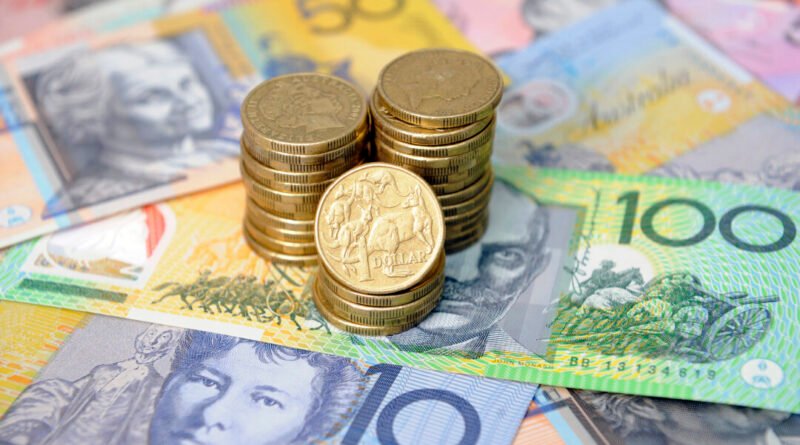Experts Predict Australian Dollar to See Increase by 2025
The local currency is poised to retest its highs of December in the next few weeks, analysts and economists say, while the Australian dollar could trade for as much as 70 U.S. cents in the next 12 months.
The Aussie has risen from just over 64 U.S. cents in mid-April to around 67.50 U.S. cents in recent days, and was buying 67.75 U.S. cents on July 12 evening.
It briefly hit a six-month high of just under 68 U.S. cents late on July 11 night after monthly U.S. inflation data came in softer than expected, firming odds of a U.S. interest rate cut in September—and perhaps as many as three cuts in 2024.
The Reserve Bank of Australia (RBA) is expected to cut rates much less aggressively, perhaps not at all this year.
Some economists even say it’s possible that the RBA will raise interest rates this year, especially if the second-quarter domestic inflation readout on July 31 comes in hotter than expected.
Interest rate cuts tend to weaken a nation’s currency against other currencies, while hikes strengthen them, as they create interest rate differentials that make holding various currencies more or less profitable.
City Index analyst Matt Simpson said in the near term he could see Australia’s currency pushing past the 68.80 U.S. cent level set in December, its highest peak since July 2023.
“I think the Aussie can grind higher from here, towards the 68.50, 69 (U.S.) cents level,” Mr. Simpson told AAP.
The Aussie could get a “quick sharp boost” next week if Federal Reserve officials talk up the potential for rate cuts following July 11th’s inflation readout, Mr. Simpson said.
Several officials are giving speeches and it will be their last chance to weigh in publicly before a blackout period ahead of the Fed’s July 30-31 meeting, Mr. Simpson said.
Taking a longer view, AMP chief economist Shane Oliver expects the Aussie to push up towards 70 U.S. cents or slightly above that level into 2025.
The Aussie will be supported not just by falling interest rate differentials but also rising commodity prices and Australia’s balance of trade, which has recently slipped slightly into a small deficit but is much healthier than it was in the decades before the COVID-19 pandemic, Dr. Oliver wrote in a client note.
A stronger Aussie will affect Australia’s international export competitiveness and the cost of imports, including that of going on an overseas holiday, he noted.
Dr. Oliver said downside risks to the Aussie include a global recession and Donald Trump being re-elected and igniting a trade war with China.






